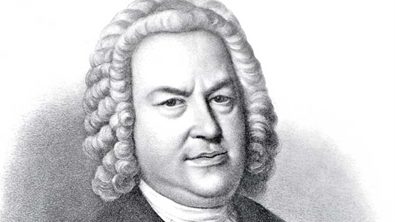
Handel’s Music filled Bach ad Infinitum for a month . From 8th to 12th June we go back to Johann Sebastian, with his alto cantata “Vergnügte Ruh’, beliebte Seelenlust” BWV 170.
Govert Jan Bach about silence in Baroque music:
Music isn’t often about silence. Silence was the starting point in the Baroque, it was almost always quiet, apart from bells and farmer’s carts. And silence was predominantly associated with death, “Der Schlaf is ein Tod worden”, or with peace: Ruhe. Bach did that in his closing chorus of the St Matthew Passion: “Wir setzen uns…“, in which the first choir wishes the second choir: Ruhe. And in his closing chorus of the St John’s Passion “Ruhet wohl ihr heilige Gebeine”, now for eternal peace.
Eduard van Hengel about this cantata:
The cantata “Vergnügte Ruh’, beliebte Seelenlust” BWV 170 was first performed on 28th July 1726, the sixth Sunday after Trinity. It’s likely that it was performed after the sermon, as Communion music. The work is unusual in that there is no choir and only one soloist, who performs all the arias and recitatives. The organ’s part is also unusual, because it plays the role of an “obligatory “ accompanying instrument. Simply comprising aria’s and recitatives, BWV 170 is a perfect example of what was then called a Cantata .
Bach borrowed the libretto for the cantata from a cantata text by the Darmstad head librarian and poet Georg Christian Lehms (1684-1717). Lehms’ text summary: the World is a house full of sins and wicked hearts, in which the soul can find no peace and from which believers wish to be freed as soon as possible. Not your average party animal, then. But if you want to know more about Bach’s composition, here’s all about BWV 170.
Listen to Bach ad Infinitum
Monday 8th June to Friday 12th June 2020, 13.00 to 14.00.
Monday 15th June to Friday 19th June 2020, 13.00 to 14.00.








